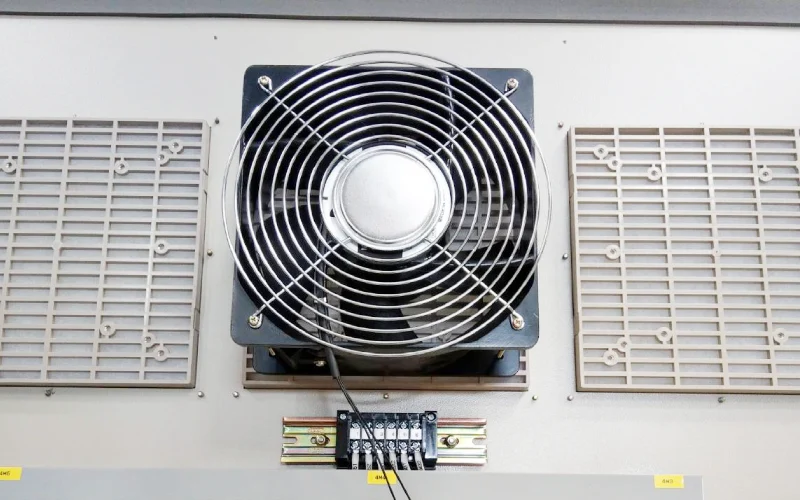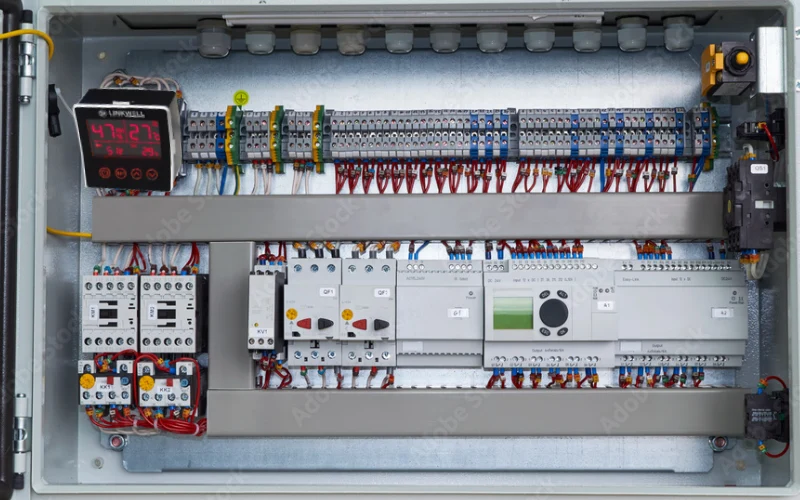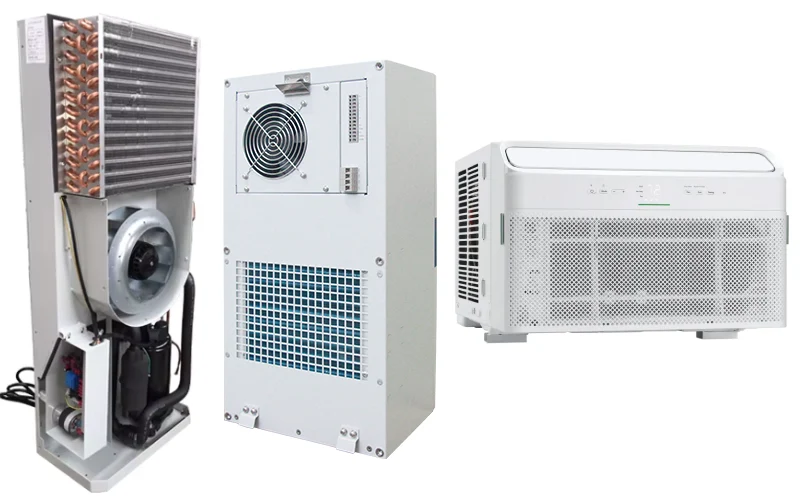You’re probably wondering how can you tell if a fuse is blown inside your electrical cabinet. First, check for signs like a device not working or a sudden loss of power. With Linkwell’s certified electrical power distribution box, you get extra safety because these boxes use fire-resistant materials, labeled terminals, and organized wiring.
How can you tell if a fuse is blown? Just look for broken wires or discoloration near the fuse. You don’t need any special skills—how can you tell if a fuse is blown often comes down to a quick visual check. If you follow the right steps and use proper tools, you can figure out the problem and decide if you need a pro.
- Linkwell boxes meet UL and CE standards for quality and protection.
- Fire-resistant materials and insulated connections keep you safe.
- Labeled terminals and pre-cut entries help prevent mistakes.
Tell if a Fuse is Blown Key Takeaways
- Look for signs like devices not working, power loss, burning smells, or popping sounds to spot a blown fuse quickly.
- Always turn off power and wear protective gear before checking or replacing fuses to stay safe.
- Use visual clues like broken wires, darkened glass, or LED indicators in Linkwell boxes to find blown fuses easily.
- Test fuses with a multimeter or test light if visual checks are unclear, and always match replacement fuses exactly.
- Call a professional if fuses blow repeatedly or you see signs like water, smoke, or sparks inside the cabinet.
Blown Fuse Signs
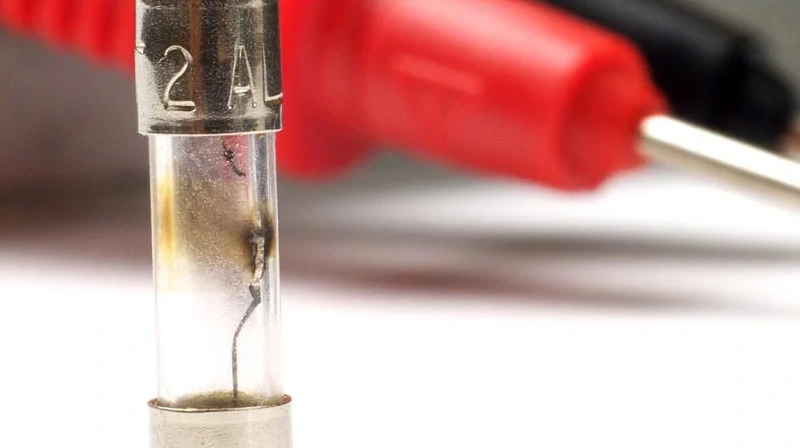
How to Tell if a Fuse is Blown
You might wonder how to tell if a fuse is blown when your equipment suddenly stops working. The answer is often simple. When a fuse blows, it breaks the circuit and stops the flow of electricity. You may notice that lights go out, machines stop, or outlets lose power. Sometimes, you hear a pop or smell something burning right before the power cuts out.
Here are some common signs that point to a blown fuse:
- Devices or appliances stop working even though they are plugged in and switched on.
- You experience a complete power loss in one area of your cabinet or distribution box.
- Some devices work, but others do not, showing partial power loss.
- You notice a burning smell or hear a popping sound at the moment the fuse blows.
If you want to know how to tell if a fuse is blown, always start by checking if your devices have lost power. If you see these symptoms, it’s time to look inside your Linkwell electrical power distribution box.
Tip: If you keep having blown fuse problems, it could mean there’s a bigger electrical issue. In that case, you should call a professional.
Visual Clues in Electrical Power Distribution Box
Can you see a blown fuse visually? Yes, you often can. Linkwell makes this process easier with labeled terminals and clear enclosures, so you can spot problems quickly. When you open your distribution box, look for these visual clues:
- A visible gap in the wire inside the fuse
- Dark or metallic-colored smears on the fuse
- Cloudy or blackened glass or plastic on the fuse body
- Burn marks or discoloration around the fuse
- Broken, cracked, or melted fuse bodies or metal strips
Can you see a blown fuse visually every time? Most of the time, yes. If you use Linkwell’s fuse terminal blocks with LED indicators, you get an extra advantage. The LED lights up when a fuse blows, so you know exactly which one needs attention. This feature saves you time and helps you avoid guessing.
Note: Always make sure the power is off before you inspect or touch any fuses.
Common Symptoms in Cabinets
A blown fuse in your cabinet can cause a range of problems. You might notice:
- Loss of power to outlets or appliances
- Complete shutdown of lights or equipment
- Intermittent or weak power to certain devices
- Devices that stop working while others still function
How can you tell if a fuse is blown or if there’s another problem? If you check the fuse and see a melted or broken filament, or if the LED indicator is on, you’ve found the issue. If the fuse looks fine but you still have power problems, there could be another fault in the system. Linkwell’s labeled terminals and test points make it easier to check voltage and confirm if the fuse is the problem.
If you’re still unsure how to tell if a fuse is blown, remember that a blown fuse always interrupts the circuit. If you see the signs above and confirm with a visual check, you can be confident you’ve found the cause.
Check for a Blown Fuse Safely
Power Off and Safety Steps
Safety comes first every time you work with electricity. Before you check for a blown fuse in your Linkwell electrical power distribution box, you need to make sure the power is completely off. You don’t want any surprises while you’re inspecting or replacing fuses.
Here’s a simple step-by-step guide to keep you safe:
- Turn off the main power supply to the cabinet. Use the lockout/tagout method so nobody accidentally turns it back on.
- Double-check that the power is off. Grab a voltage tester or a multimeter and confirm there’s no voltage present.
- Put on your personal protective equipment. Insulated gloves, safety glasses, and flame-resistant clothing help protect you from electrical hazards.
- Remove any jewelry or metal objects from your hands and wrists.
- Make sure the area is well-ventilated. Linkwell’s fan filter units keep fresh air moving inside the cabinet, reducing heat and moisture while you work.
- Identify the fuse you want to inspect. Look for labels or wiring diagrams inside the box. Linkwell boxes have clear markings like “F1” or “Primary Fuse” to help you out.
- Use insulated tools to remove the fuse. Never use bare hands, even if the power is off.
Tip: Always follow OSHA and NFPA 70E safety standards when working with electrical cabinets. If you feel unsure at any step, call a professional.
Inspecting Linkwell Distribution Box
Once you’ve powered off and geared up, you’re ready to inspect the fuse. Linkwell’s distribution boxes make this process easier with labeled terminals and organized wiring. You can spot a blown fuse by looking for these signs:
- Dark or cloudy glass on the fuse
- Burn marks or melted plastic around the fuse holder
- A broken or cracked fuse body
- A visible gap in the wire inside the fuse
- A spring-loaded pin that has popped out
If your Linkwell box uses fuse terminal blocks with LED indicators, check for a lit LED. This light tells you exactly which fuse has blown. You don’t have to guess or test every fuse one by one.
Note: Good ventilation matters. Fan filter units from Linkwell help keep dust and moisture away, making your inspection safer and more comfortable.
Using a Multimeter or Test Light
Sometimes, visual clues aren’t enough. You need to check with a multimeter or a test light to confirm if the fuse is blown. Here’s how to check if a fuse is blown using these tools:
- Make sure the power is off and the fuse is removed from its holder.
- Set your multimeter to continuity mode (look for the sound wave symbol) or resistance mode (Ω).
- Touch the probes to both ends of the fuse. Probe orientation doesn’t matter.
- Listen for a beep or check the reading:
- A beep or low resistance means the fuse is good.
- No beep or high resistance means you have a blown fuse.
- If you want to test with a multimeter using voltage mode, put the fuse back in its holder and turn the power on. Carefully place the probes on each side of the fuse.
- If you see a voltage close to the supply voltage, the fuse is blown.
- If you see little or no voltage, the fuse is good.
- Always wear PPE and use insulated tools during testing.
Alert: Never skip the visual inspection. Sometimes, a fuse looks fine but is actually blown. Always double-check with your multimeter or test light.
If you find a blown fuse, replace it with the same type and rating. Test new fuses before installation to make sure they work. Document your results for future maintenance.
How to Tell if a Fuse Has Blown and Replace It
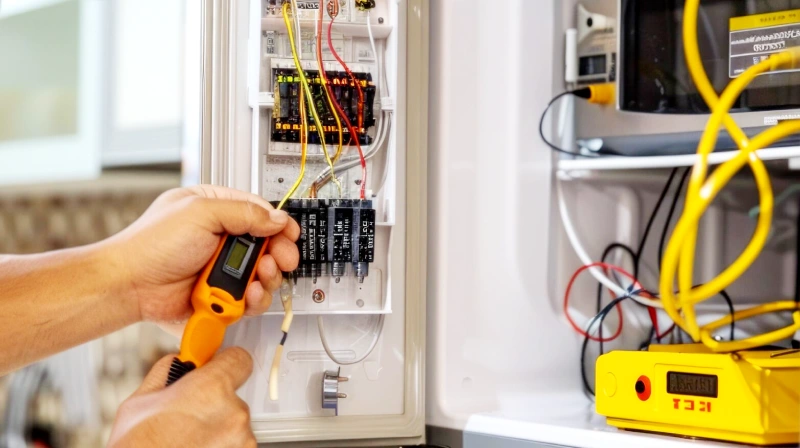
Choosing the Right Linkwell Fuse
When you need to figure out how to tell if a fuse has blown, the next step is picking the right replacement. Always match the new fuse to the one you are replacing. Check the amperage and voltage ratings printed on the old fuse or inside your Linkwell electrical power distribution box. Using the wrong fuse can cause equipment damage or even start a fire. Linkwell makes this easy with clear labels and organized layouts. You can find the right fuse quickly, which helps you get your system back up and running with less hassle.
Tip: If you are unsure about the fuse type, check your cabinet’s wiring diagram or contact Linkwell’s support team for help.
Replacement Steps in Distribution Box
You want to know how to change a blown fuse safely and efficiently. Linkwell’s easy-install features make this process simple. Here’s what you need to do:
- Turn off the main power supply to your cabinet.
- Stand on a rubber mat and wear gloves and goggles for protection.
- Use insulated tools to remove the blown fuse. Avoid touching metal parts.
- Check the fuse holder. If you see any damage, replace it too.
- Insert the new fuse with the same rating. Linkwell’s fused terminal strips let you replace a fuse without rewiring, saving you time.
- If your box has LED indicators, make sure the light turns off after you install the new fuse.
- Close the cabinet and turn the power back on.
Linkwell’s modular design and labeled terminals help you avoid mistakes. LED indicators show you exactly which fuse needs attention, so you do not waste time guessing.
Safety Tips for Fuse Replacement
You should always put safety first when checking and replacing fuses. Here are some important reminders:
- Turn off the power before you start.
- Wear personal protective equipment like rubber gloves and safety glasses.
- Use insulated tools to prevent shocks.
- Stand on an insulating mat.
- Never touch electrical conductors directly.
- Make sure the replacement fuse matches the original rating.
- If the blown fuse happens again, call a professional.
Alert: If you ever feel unsure or see signs of damage beyond the fuse, do not try to replace a fuse yourself. Contact a qualified electrician or reach out to Linkwell’s support team.
When to Call a Professional for a Blown Fuse
Repeated Fuse Failures
You might notice that a blown fuse keeps happening in your cabinet. If you replace the fuse and it blows again soon after, something bigger could be wrong. Common causes include overloaded circuits, faulty appliances, or old wiring that can’t handle today’s power needs. Loose connections and aging components also lead to repeated failures. Sometimes, moisture or rust inside the box makes things worse.
Here’s a quick look at what can cause repeated fuse problems:
| Cause Category | Specific Causes and Effects | Example Solutions and Notes |
|---|---|---|
| Electrical Overloads | Too many devices on one circuit, short circuits | Spread out loads, upgrade fuse rating |
| Environmental Factors | High temperature, humidity, dust, corrosion | Improve ventilation, use corrosion-resistant parts |
| Incorrect Fuse Ratings | Wrong fuse type or rating | Check and match fuse ratings |
| Installation Issues | Loose terminals, poor contact | Tighten connections, check installation |
| Transient Overvoltages | Lightning, power surges | Add surge protection |
| Harmonic Currents | Nonlinear loads causing extra heat | Use harmonic-tolerant fuses |
| Insulation Degradation | Old insulation causing overcurrents | Inspect and repair insulation |
| Protection Coordination | Fuse and breaker timing mismatches | Adjust protection settings |
| Wiring and Grounding Issues | Loose or corroded wires, poor grounding | Repair wiring, improve grounding |

If you keep seeing a blown fuse, don’t just swap it out again. You should call a professional to check for deeper electrical issues.
Complex Cabinet Issues
Some problems go beyond a simple blown fuse. If you see water, rust, or moisture inside your Linkwell distribution box, stop right away. Water can make metal parts live, which is dangerous. Smoke, buzzing sounds, or burning smells are also warning signs. These can mean faulty wiring, overheating, or even a risk of fire.
You should reach out for help if you notice:
- Water or moisture inside the cabinet
- Burning smells or sparks
- Flickering lights or buzzing sounds
- Hot or discolored outlets or switches
- Frequent circuit breaker trips or fuses blowing
- Difficulty resetting breakers
Trying to fix these issues yourself can be risky. A licensed electrician can inspect, diagnose, and repair the problem safely.
Alert: Never touch the fuse box if you see water or smell burning. Turn off the power and call a professional immediately.
Linkwell Support and Service
You don’t have to handle complex electrical problems alone. Linkwell offers 24/7 support and customized solutions for industrial clients. If you face repeated blown fuse issues or need help with cabinet upgrades, Linkwell’s team can guide you. They provide consultation, installation advice, and after-sales support. Their products meet international safety standards and can be tailored for your specific needs, whether you work in manufacturing, telecom, or energy.
Linkwell’s experts help you choose the right components, optimize cabinet layouts, and ensure safe operation. You get peace of mind knowing your system is reliable and protected.
Tip: If you ever feel unsure or see signs of damage, reach out to Linkwell’s support team for fast, professional help.
You now know how to spot a blown fuse and replace it safely in your Linkwell electrical power distribution box. Always put safety first and use certified products for peace of mind. Linkwell’s boxes offer:
- IEC 61439 and UL 508A compliance for global safety
- IP65/IP66 ratings to block dust and water
- Durable, corrosion-resistant materials for harsh conditions
- Labeled terminals and easy installation to cut downtime
If you ever feel unsure, reach out to Linkwell’s expert support. Reliable cabinet maintenance starts with the right solutions.
FAQ
How do you know which fuse to replace in a Linkwell distribution box?
Look for labeled terminals or LED indicators. If the LED lights up, that’s the blown fuse. You can also check the wiring diagram inside the box. This makes it easy to spot the right fuse every time.
Can you use any fuse as a replacement?
No, you need to match the amperage and voltage ratings exactly. Using the wrong fuse can damage your equipment or cause safety risks. Always check the markings on the old fuse or ask Linkwell’s support if you’re unsure.
What should you do if a new fuse blows right away?
Stop and don’t try another fuse. This usually means there’s a bigger electrical problem. Call a licensed electrician or reach out to Linkwell’s support team for help. Safety comes first.
How often should you check or replace fuses in your cabinet?
Check your fuses during regular maintenance or if you notice power issues. You don’t need to replace fuses unless they blow. If you work in a harsh environment, inspect your cabinet more often.
Why does Linkwell recommend using fan filter units during inspections?
Fan filter units keep your cabinet cool and dry. They help prevent dust and moisture from building up. This protects your fuses and other components, making inspections safer and easier.
Conclusion
How can you tell if a fuse is blown is essential for safe and efficient electrical cabinet maintenance. By following clear visual checks, using proper tools, and relying on certified Linkwell power distribution boxes, you can reduce downtime and protect your equipment. Always match replacement fuses accurately, follow safety protocols, and contact us for expert support or customized solutions designed for manufacturing, telecom, or industrial environments.

